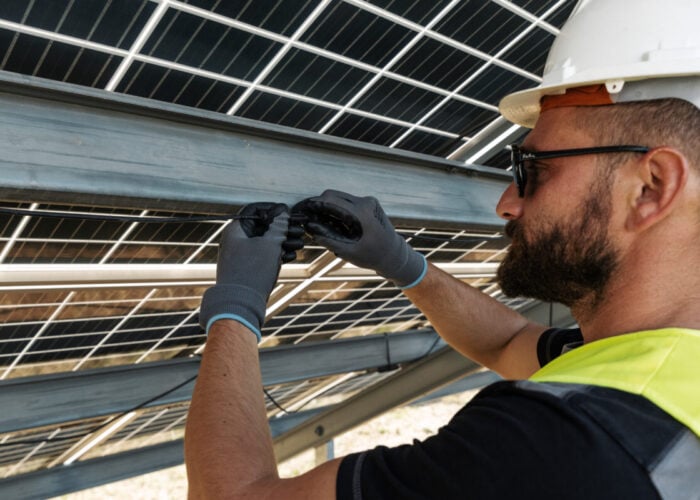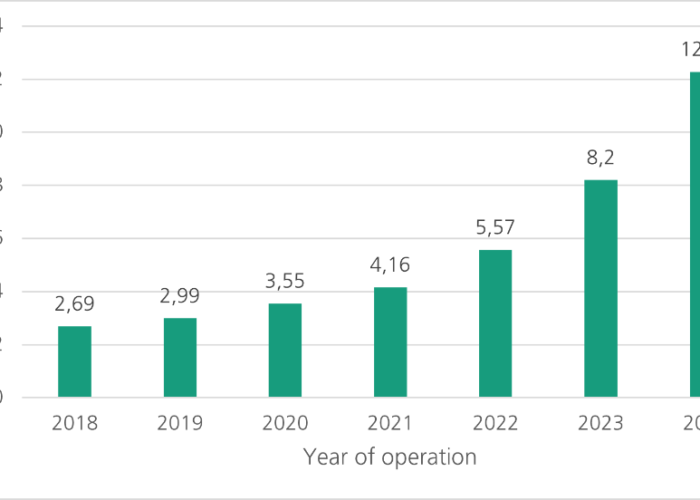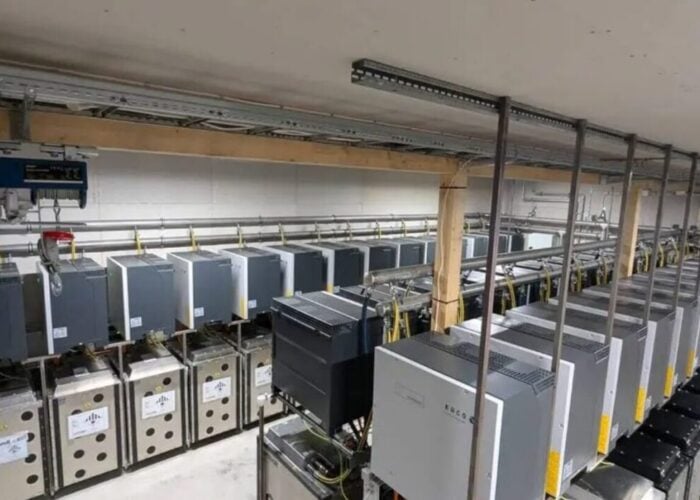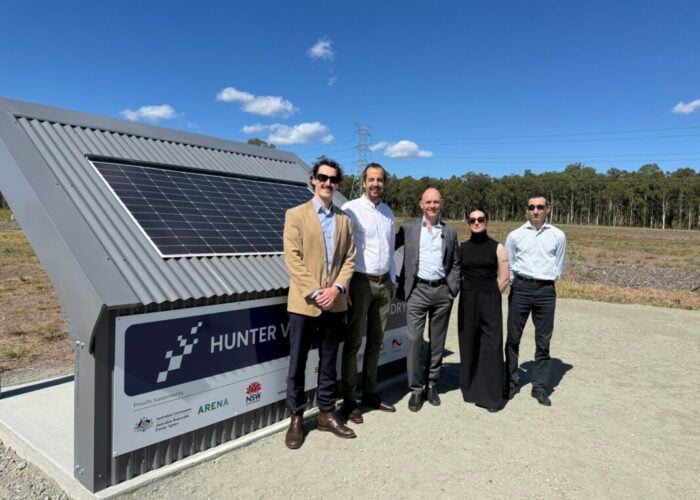Solar Frontier has broken a conversion efficiency record for CIS thin-film solar cells that has stood for over a year, achieving 22.3% efficiency on a 0.5cm² PV cell.
The Japanese manufacturer, which is vertically integrated and uses its CIS thin-film cells in its own downstream project development business, said today that it developed the cell through a collaborative partnership with Japan’s New Energy and Industrial Technology Development Organisation (NEDO).
Try Premium for just $1
- Full premium access for the first month at only $1
- Converts to an annual rate after 30 days unless cancelled
- Cancel anytime during the trial period
Premium Benefits
- Expert industry analysis and interviews
- Digital access to PV Tech Power journal
- Exclusive event discounts
Or get the full Premium subscription right away
Or continue reading this article for free
Solar Frontier said it owed a debt of gratitude to the lead taken by public research institution NEDO and its CIS research consortium, which targets improvements in the mass production of CIS PV cells. The verified efficiency of the cell breaks the record held by Stuttgart’s Centre for Solar Energy and Hydrogen Research (ZSW), which achieved 21.7% conversion efficiency on a similarly-sized PV cell in 2014. Solar Frontier’s own previous best for the technology was 20.9% conversion efficiency.
Getting small area conversion efficiency gains to translate into commercial wins is naturally a difficult next step for any PV cell technology. In ZSW’s case, the 21.7% cell was touted for the possibilities it offered for mass production, with ZSW claiming it achieved efficiencies of over 20% on 40 separate cells in its labs and said further gains looked possible.
According to Solar Frontier, technology used in the company’s own previous best efficiency cells is already being assimilated into manufacturing processes at its newest production plant, a 150MW capacity facility in Tohoku, Japan. The Tohoku plant was completed in March this year and according to the company will serve as a “blueprint” for its strategies globally.
Solar Frontier has said that it will likely pursue an ongoing strategy of siting production close to where downstream demand for its products can be absorbed, with the relatively small plant in Tohoku serving projects in northern and eastern Japan. It has also targeted trimming 30% off production costs at the plant over existing processes used by the company elsewhere.
The manufacturer said today that modules from that plant will have efficiencies of around 14.7% when commercial production begins. The company has also been expected to make a decision for some time on the possible opening of a US production facility, likely to be near Buffalo, New York.
Lab to fab commercialisation challenge
On today’s record efficiency announcement, Solar Frontier claimed the cell in question was made using the same sputtering-selenisation process used in its mass production, hinting that part of the technology or processes used could see the light of day commercially.
Solar Intelligence analyst Finlay Colville said that for the Japanese maker and its thin-film rivals, lack of widespread competition is forcing them to develop the majority of their innovations in-house – with the exception of collaborations with research institutions such as NEDO. Meanwhile, fierce competition is coming from the solar ‘mainstream’ of manufacturers.
“Like First Solar, the need for constant efficiency improvements is a must, and has to be done in-house, due to the lack of any healthy competition from CIGS manufacturers around the world. Also, p-type multi cells and modules are showing strong efficiency and power improvements, and this is raising the bar every year for thin-film companies to improve performance,” Colville said.
Record efficiencies for thin-film cells suitable for commercialisation sit at 16.5%, achieved by Taiwanese maker TSMC in April this year, knocking Germany’s Manz off the top spot after just a day. However, TSMC exited the solar PV industry in August due to a lack of profitability. Despite Solar Frontier recently hailing its own “milestone” of supplying 3GW of thin-film PV cumulatively to the world, passed in July, Finlay Colville said challenges existed at home and abroad to prove demand was strong.
“The bigger question on Solar Frontier, aside from efficiency results, is how the company intends to find business for its gigawatt-plus capacity including a new 150MW fab online just this year,” Colville said.
“With shipments declining and Solar Frontier having to reshift focus outside Japan for business once again, competing on the global market will certainly be a challenge during 2016.”






